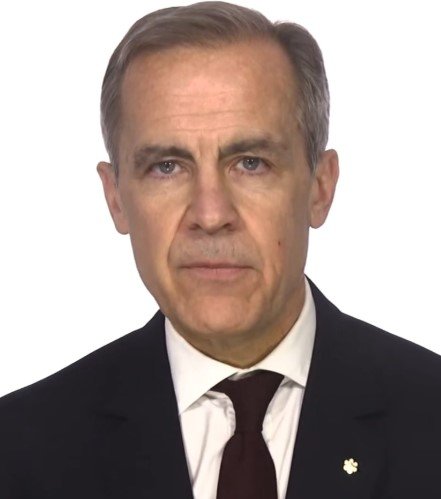Canadians are heading to the polls today for a high-stakes federal election that will determine the future of the country. Liberal Prime Minister Mark Carney, who has been at the helm of the government for a short but intense term, is facing a tough challenge from Conservative leader Pierre Poilievre. With the election coming on the heels of significant political upheaval, this vote is shaping up to be a defining moment in Canada’s political history.
Polls Tighten as Voting Day Arrives
A recent Nanos poll has shown a razor-thin lead for Carney’s Liberal Party, with only a 4-percentage point difference between the Liberals and the Conservatives. This margin suggests a highly competitive race, with the outcome uncertain as Canadians head to the polls.
Voting hours will end in the four Atlantic provinces between 7:00 PM and 7:30 PM EST, with the bulk of the results expected by 9:30 PM EST. As the nation waits with bated breath, all eyes are on the key battlegrounds that could determine the election’s final outcome.

Mark Carney: The Shortest Serving PM?
Mark Carney, who took over the Liberal leadership after the unexpected resignation of former Prime Minister Justin Trudeau, finds himself in a precarious position. If Carney does not secure the mandate to continue, he will go down in Canadian history as the shortest-serving Prime Minister. This looming possibility has cast a shadow over his leadership, especially in light of the growing discontent with his predecessor’s tenure.
Despite these challenges, Carney has earned praise for his handling of Canada’s economic recovery and his focus on climate change initiatives. Yet, questions remain about whether his government can hold onto power amidst rising opposition from Poilievre’s Conservatives.
Pierre Poilievre: The Conservative Challenger
On the other side, Pierre Poilievre, a long-time member of Parliament, has built his political career on a platform of fiscal conservatism and populist rhetoric. Poilievre has garnered significant support from Canadians frustrated with the Liberal government’s policies and its handling of various national issues, including housing affordability, inflation, and taxation.
Poilievre’s rise in the polls has been a source of anxiety for Carney and his party, especially given his ability to mobilize voters who feel disconnected from the political establishment. His rhetoric has often targeted the Liberals’ economic policies, framing them as overly taxing and damaging to everyday Canadians. For many, Poilievre represents a new direction that promises a change from the status quo.
Election Background: A Tumultuous Political Landscape
This election comes on the heels of a series of political upheavals that have marked Canada’s recent past. Former Prime Minister Justin Trudeau’s sudden resignation earlier this year shocked the nation, leaving many Canadians questioning the stability of the government. This uncertainty has translated into a volatile political environment, which both Carney and Poilievre must navigate carefully.
While Carney has worked to establish himself as a steady leader in the wake of Trudeau’s departure, his relatively short tenure in office has not provided him with the same level of political capital that longer-serving leaders might have. As a result, his government has struggled to fully gain the trust of the electorate, with many questioning whether he is the right person to lead Canada in the long term.
Key Election Issues and Voter Sentiment
One of the central issues of this election is the economy. Rising living costs, particularly in housing and food, have left many Canadians feeling financially stretched. This has played into Poilievre’s narrative, as he has consistently emphasized his commitment to lowering taxes and curbing government spending. His approach has resonated with voters who feel that the Liberals’ policies have contributed to their financial strain.
However, Carney’s supporters argue that his leadership has been instrumental in managing the economic challenges posed by the pandemic and other global crises. They point to his efforts in supporting green energy initiatives and his strong stance on international climate agreements as major achievements. Yet, whether this will be enough to sway voters remains to be seen.
What’s at Stake?
As Canadians prepare to make their decision, the stakes couldn’t be higher. This election is not just about leadership; it’s about the direction in which the country is heading. Will Canada continue down the path laid out by the Liberal Party under Carney’s leadership, or will the Conservatives, under Poilievre, manage to seize power and steer the country in a new direction?
With tensions running high and the polls too close to call, the results of today’s election will have lasting implications for Canada’s political future. As the first results begin to trickle in, the nation waits with anticipation to see which party will emerge victorious.
